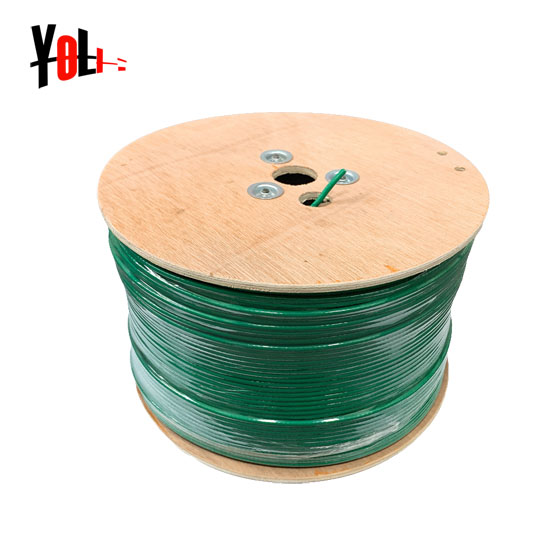
A cable is usually a rope-like cable formed by twisting several or several groups of wires (at least two in each group). Each group of wires is insulated from each other and is often twisted around a center. The whole outer bread has a height Insulating cover layer. It is mostly erected in the air or installed underground or underwater for telecommunications or power transmission. Cables can be divided into power cables, communication cables and control cables according to their uses.
The safety requirements when using wires and cables are:
1. When the cables cross each other, the high-voltage cables should be under the low-voltage cables. If one of the cables is protected by a pipe or separated by a partition within 1m before and after the intersection, the smaller allowable distance is 0.25m.
2. When the cable is close to or crossing the heating pipe, if heat insulation measures are provided, the smaller distance between parallel and crossing is 0.5m and 0.25m respectively.
3. When the cable crosses the railway or road, it should be protected by a pipe. The protective pipe should extend 2m beyond the track or road.
4. The distance between the cable and the foundation of the building should be able to ensure that the cable is buried outside the building's scattered water; when the cable is introduced into the building, it should be protected by a pipe, and the protective pipe should also exceed the building's scattered water.
5. The distance between the cables directly buried in the ground and the ground of the general grounding device should be 0.25~0.5m; the buried depth of the cables directly buried in the ground should generally not be less than 0.7m, and should be buried under the frozen soil layer.